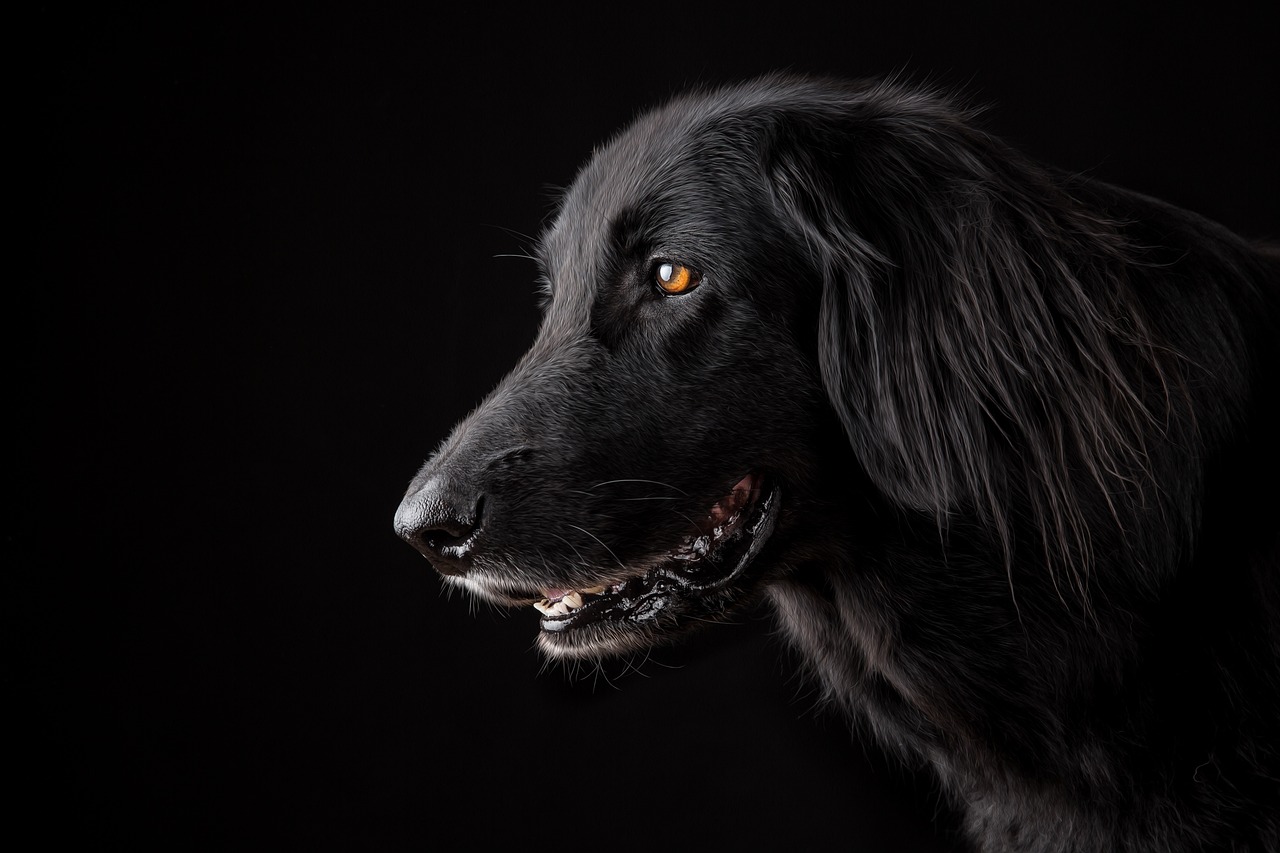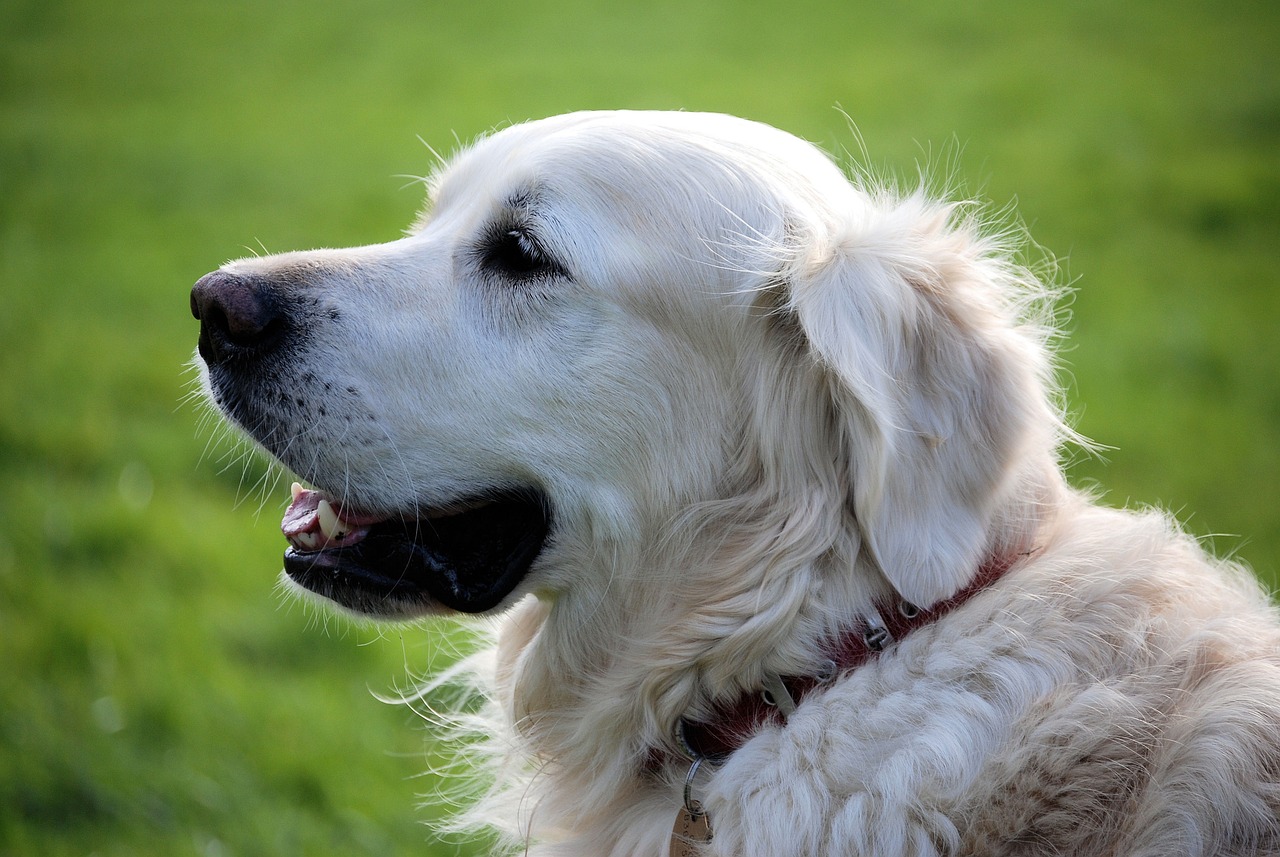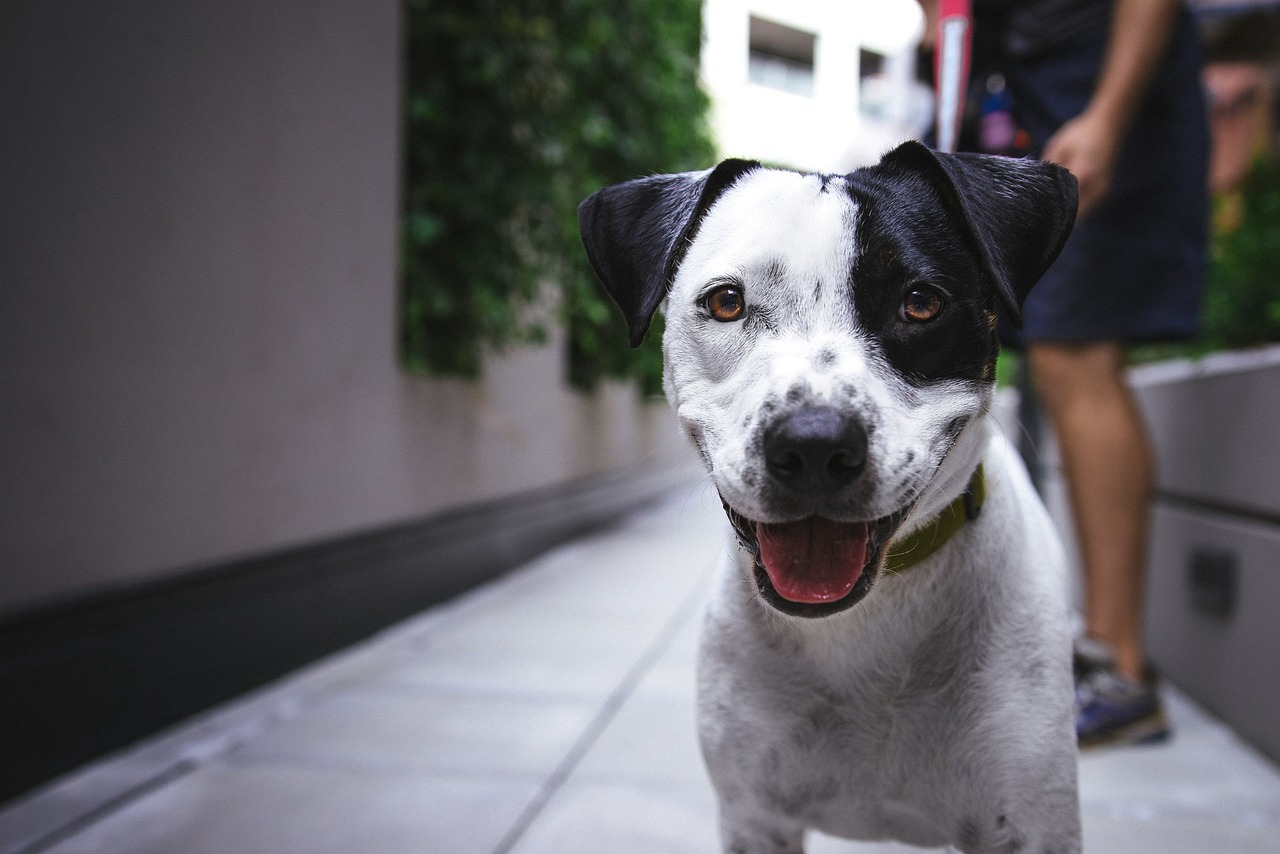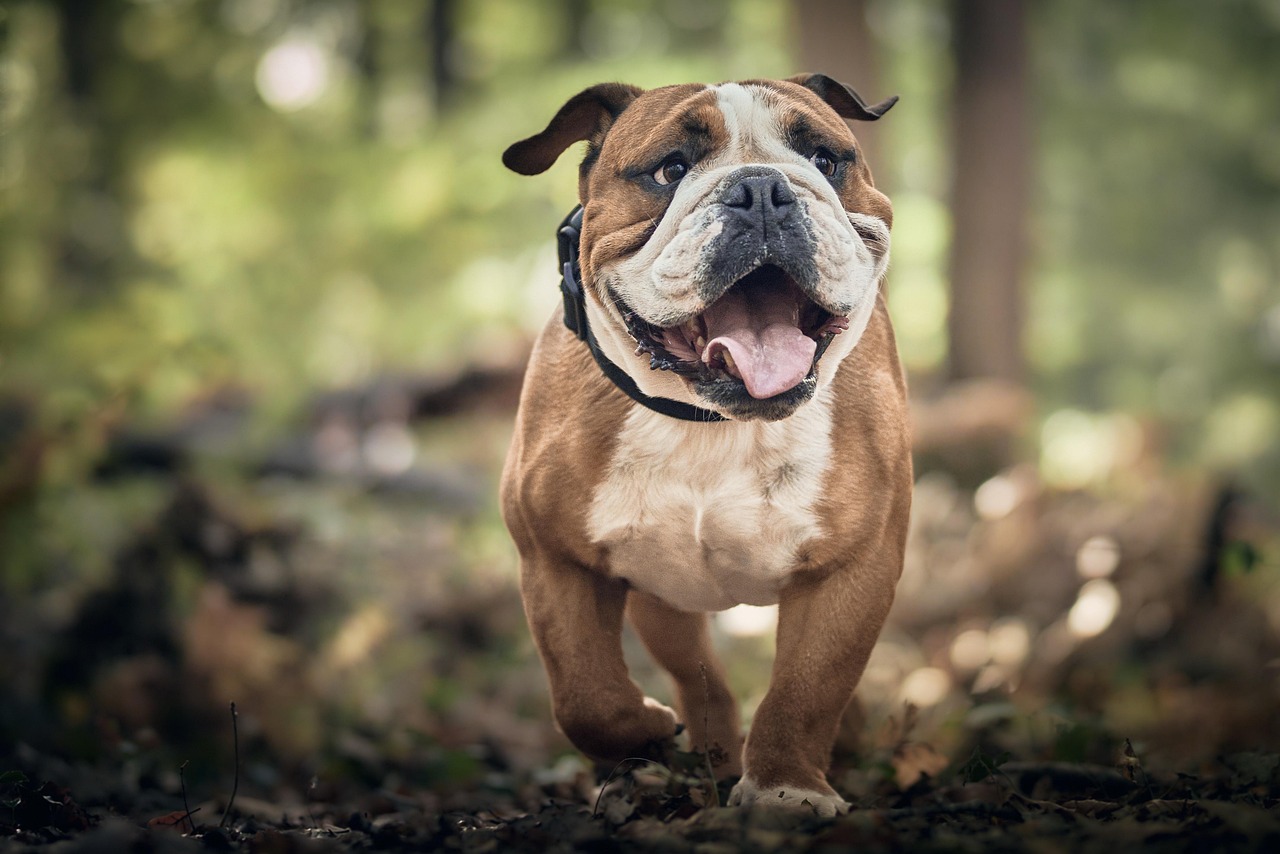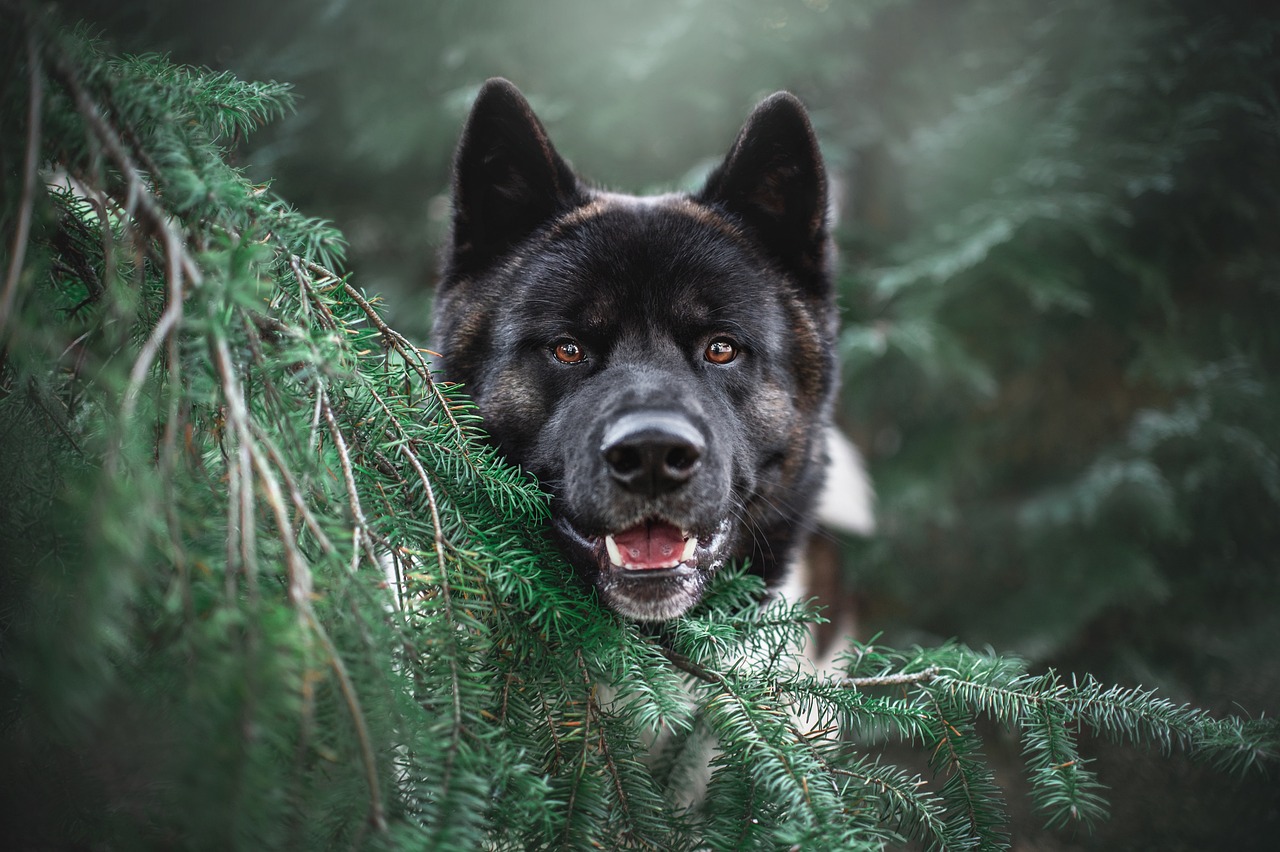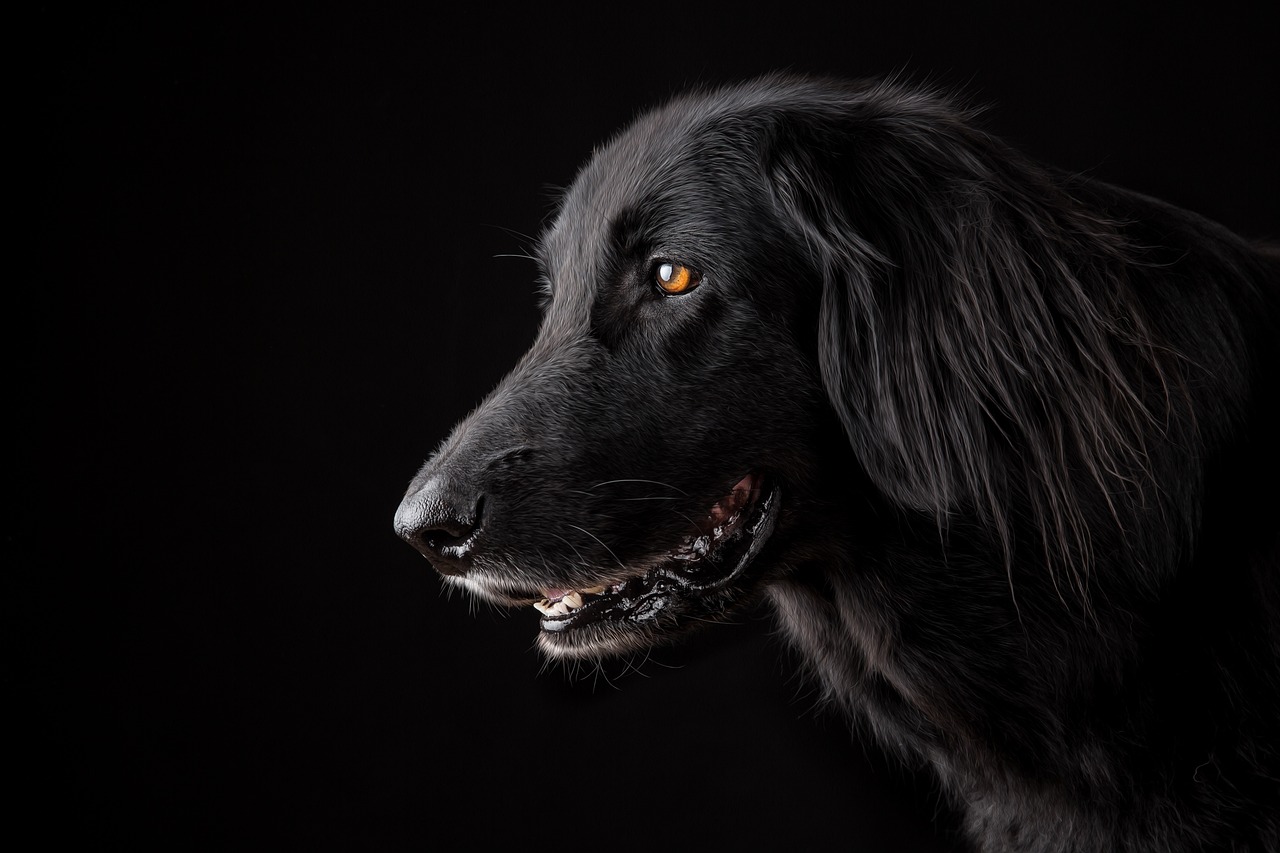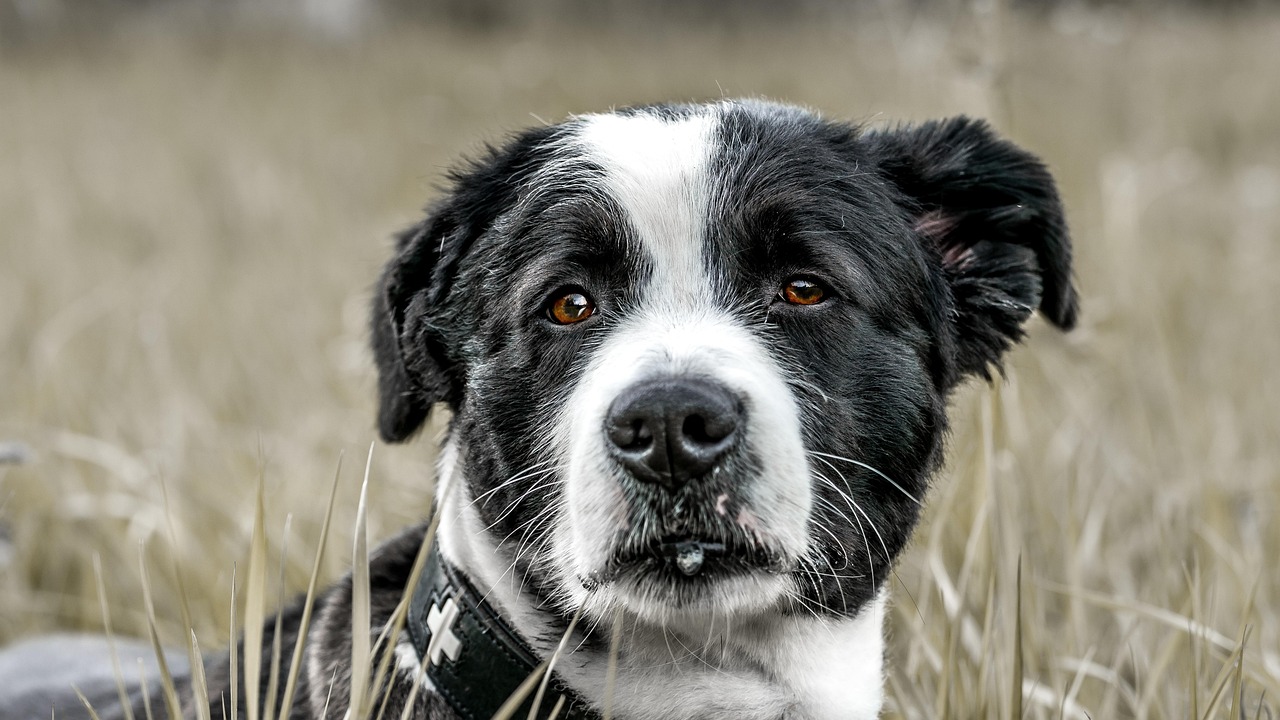This article delves into the fascinating concept of bite force in dogs, examining its significance for pet owners and the various factors that influence a dog’s biting strength. Understanding these elements can empower dog owners to manage their pets effectively and safely.
Understanding Bite Force in Dogs
Bite force is a crucial indicator of a dog’s strength, which can vary dramatically across different breeds. This knowledge is essential for owners as it helps them comprehend their dog’s capabilities and behavioral tendencies.
Top Dog Breeds with the Strongest Bite Force
- Rottweiler: Known for their formidable bite force, Rottweilers can exceed 328 PSI. Their protective instincts necessitate responsible ownership.
- American Bulldog: With a bite force around 305 PSI, these dogs are muscular and protective, making them excellent family guardians.
- German Shepherd: This breed has a bite force of about 238 PSI and is celebrated for its intelligence and versatility in various roles.
The Science Behind Bite Force Measurement
Measuring bite force involves specific scientific techniques. Understanding these methods can provide valuable insights into a dog’s physical capabilities.
Tools Used for Measurement
Specialized tools like bite force gauges are employed to accurately measure a dog’s bite strength, aiding in the assessment of their health and training requirements.
Factors Influencing Bite Force
Several elements, including breed, size, age, and health, play a significant role in determining a dog’s bite force. Recognizing these can help owners manage their dogs’ behaviors more effectively.
Implications of Strong Bite Force for Owners
Owning a dog with a strong bite force entails certain responsibilities. Understanding these implications is vital for ensuring safety and proper training.
Training and Socialization
Effective training and socialization are essential for dogs with strong bite forces. Owners should dedicate time to ensure their pets are well-mannered and safe around others.
Safety Considerations
Dog owners must take extra precautions, such as using secure leashes, proper fencing, and ensuring their dogs exhibit good behavior in public settings.
Conclusion: Responsible Ownership of Strong-Bite Dogs
In summary, understanding your dog’s bite force is crucial for responsible ownership. By being informed and proactive, owners can create a safe and enjoyable environment for both themselves and their pets.
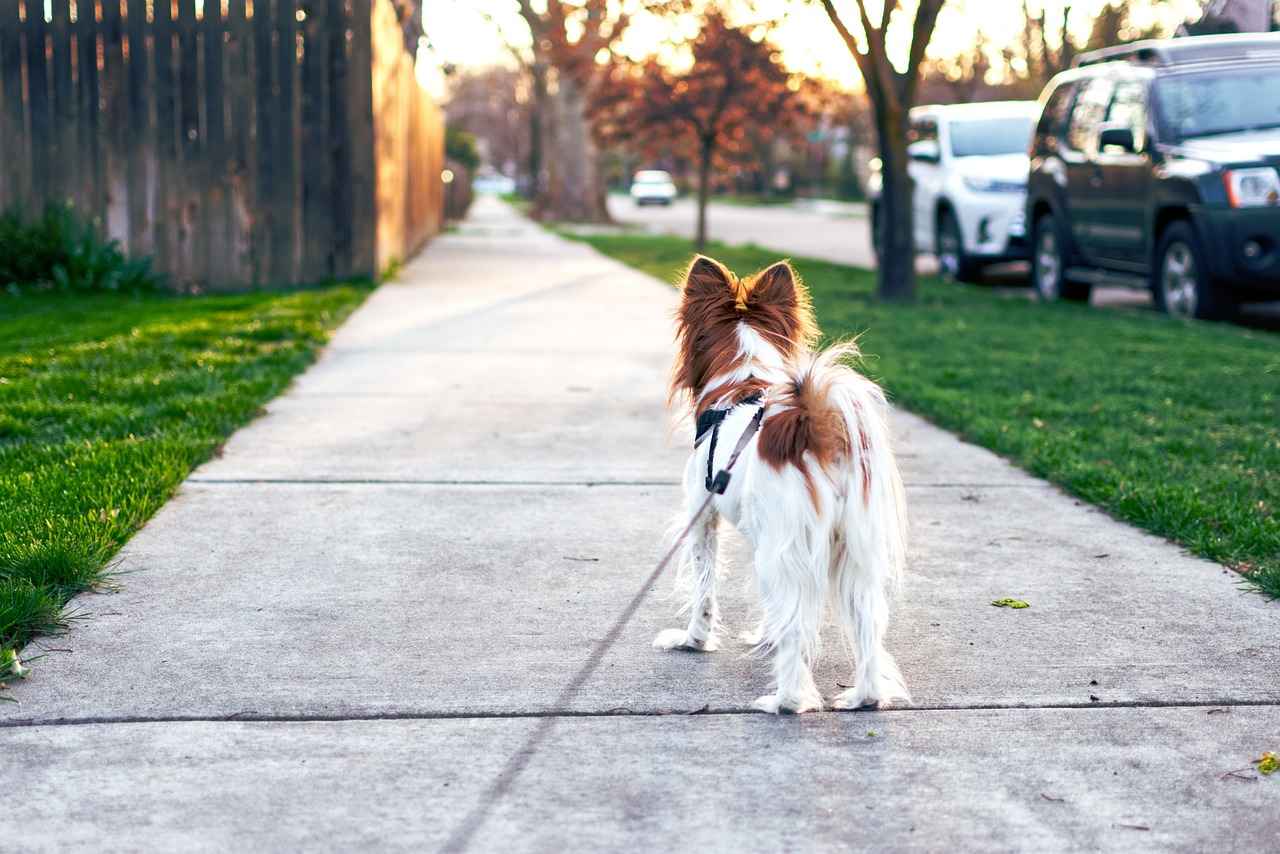
Understanding Bite Force in Dogs
is essential for dog owners to appreciate their pet’s capabilities and behavior. Bite force, measured in pounds per square inch (PSI), varies significantly across different breeds. This variability can be attributed to a dog’s size, jaw structure, and muscle strength, making it a fascinating topic for both potential and current dog owners.
When considering a dog’s bite force, it is crucial to understand that it reflects not only physical strength but also the dog’s temperament and training. For instance, breeds with powerful bites, such as the Rottweiler and American Bulldog, require responsible ownership and proper training to ensure they are well-adjusted companions.
| Dog Breed | Bite Force (PSI) | Characteristics |
|---|---|---|
| Rottweiler | 328 | Strong, protective, loyal |
| American Bulldog | 305 | Muscular, alert, friendly |
| German Shepherd | 238 | Intelligent, versatile, obedient |
Understanding the implications of a dog’s bite force is paramount. Owners of breeds with strong bite forces must prioritize training and socialization to ensure their dogs behave appropriately in various settings. This involves consistent reinforcement of positive behaviors and exposure to different environments.
- Training and Socialization: Invest time in training your dog to promote good behavior.
- Safety Considerations: Use secure leashes and proper fencing to prevent accidents.
- Regular Vet Check-ups: Ensure your dog is healthy, as health issues can affect behavior.
In conclusion, understanding your dog’s bite force is crucial for responsible pet ownership. By being informed and proactive, owners can foster a safe and enjoyable environment for both themselves and their pets. This knowledge not only enhances the bond between owner and dog but also contributes to a harmonious community.

Top Dog Breeds with the Strongest Bite Force
Certain dog breeds are particularly renowned for their powerful bite forces, which can be a significant factor for potential owners to consider. Understanding these breeds and the factors that contribute to their bite strength is essential for responsible ownership and training.
1. Rottweiler
The Rottweiler is often cited as one of the breeds with the strongest bite force, which can exceed 328 PSI. This breed is not only muscular and strong but also highly protective of its family. Their bite strength, combined with their loyalty, makes them excellent guardians. However, potential owners must commit to proper training and socialization to ensure they are well-adjusted companions.
2. American Bulldog
With a bite force of around 305 PSI, the American Bulldog is another breed known for its impressive strength. Their muscular build and protective instincts make them ideal family pets and guardians. Like Rottweilers, they require responsible ownership, including consistent training and socialization from an early age to prevent behavioral issues.
3. German Shepherd
German Shepherds possess a bite force of approximately 238 PSI. They are highly intelligent and versatile dogs, often used in police and military roles due to their strength and trainability. Understanding their capabilities can help owners appreciate their needs for mental stimulation and physical activity.
4. Mastiff
The Mastiff is known for its massive size and formidable bite force, which can reach around 556 PSI. Despite their intimidating presence, Mastiffs are typically gentle giants. They require a firm but loving hand in training and socialization to ensure they are well-behaved in various environments.
5. Pit Bull
Pit Bulls are often associated with a bite force of around 235 PSI. Their strength, combined with their loyalty and affection towards their families, makes them popular pets. However, they require consistent training and socialization to thrive in a home environment.
Understanding these breeds and their bite forces is crucial for potential dog owners. Responsible ownership involves recognizing the strength of these dogs and ensuring they receive the necessary training and socialization to be safe and well-adjusted companions.
Rottweiler
Rottweilers are a breed that commands attention, not only for their striking appearance but also for their remarkable physical capabilities. Known for their impressive bite force, which can exceed 328 PSI, Rottweilers are among the strongest dog breeds in terms of bite strength. This strength, combined with their protective instincts, makes them popular choices for families and individuals seeking a loyal companion.
However, owning a Rottweiler comes with significant responsibilities. Their natural guarding instincts require owners to be proactive in training and socialization. Proper training helps ensure that these powerful dogs are well-mannered and can interact safely with other pets and people. It is essential for owners to invest time in training classes and to engage in regular socialization activities.
Beyond training, understanding the implications of a strong bite force is crucial. Owners must be aware that Rottweilers, due to their strength, can pose risks if not properly managed. This includes ensuring secure leashing during walks, having sturdy fencing in place, and being vigilant in public settings. Responsible ownership also involves recognizing the importance of regular exercise and mental stimulation to prevent behavioral issues.
In summary, while Rottweilers are known for their strength and protective nature, it is the owner’s responsibility to cultivate a well-behaved and socialized dog. By understanding the breed’s capabilities and investing in proper training, owners can enjoy a safe and rewarding relationship with their Rottweiler.
For those considering adding a Rottweiler to their family, it is vital to research and prepare adequately. Their strength is matched only by their loyalty and affection when raised in a loving and structured environment.
American Bulldog
is a breed that not only captivates dog lovers with its striking appearance but also impresses with its remarkable physical capabilities. With a bite force of approximately 305 PSI, the American Bulldog stands out among dog breeds, showcasing both strength and loyalty. This muscular breed is known for its protective instincts, making it an excellent choice for families seeking a reliable companion and guardian.
The American Bulldog’s robust physique is complemented by a friendly and affectionate temperament. These dogs are highly social animals that thrive in family environments, often forming strong bonds with their human companions. Their protective nature is balanced with a playful spirit, making them great for children and active households.
- Physical Characteristics: American Bulldogs are muscular and well-defined, with a broad head and a strong jaw.
- Temperament: They are known for being loyal, confident, and courageous, often displaying a gentle demeanor with loved ones.
- Exercise Needs: Regular exercise is crucial for this breed to maintain their health and prevent behavioral issues.
Training is essential for American Bulldogs, as their strength and protective instincts require responsible ownership. Early socialization and obedience training can help ensure that they are well-mannered and safe around other pets and people. Owners should also be aware of safety considerations, such as secure leashing and proper fencing, to create a safe environment for their dogs.
In conclusion, the American Bulldog is an exceptional breed that combines strength, loyalty, and affection. Understanding their needs and characteristics is vital for any prospective owner. With the right training and socialization, these dogs can be wonderful companions and protectors in any family setting.
German Shepherd
German Shepherds are one of the most popular dog breeds worldwide, known for their loyalty, intelligence, and versatility. With a bite force of approximately 238 PSI, they are not just strong but also incredibly capable working dogs. This breed is widely recognized for its roles in various fields, including police work, military service, and search and rescue operations.
One of the standout features of the German Shepherd is its intelligence. Ranked among the top dog breeds for trainability, they possess an innate ability to learn commands quickly and follow instructions. This trait makes them exceptional companions for families and excellent partners for professionals in demanding roles.
In addition to their intelligence, German Shepherds are known for their versatility. They excel in various activities, from obedience to agility training, and can adapt to different environments, whether it’s a bustling city or a quiet countryside. Their strong protective instincts also make them ideal guardians, ensuring the safety of their families.
Moreover, German Shepherds require consistent training and socialization from an early age. This is crucial not only for their development but also for ensuring they are well-adjusted and safe around others. Owners should engage in regular exercise and mental stimulation to keep these dogs happy and healthy.
In summary, German Shepherds are remarkable dogs characterized by their strong bite force, intelligence, and versatility. Their ability to serve in various roles while remaining loyal companions makes them a beloved choice for many dog owners. Understanding their needs and providing proper training can lead to a fulfilling relationship between the dog and its owner.

The Science Behind Bite Force Measurement
Measuring a dog’s bite force is a fascinating process that combines scientific methods with practical applications. Understanding how these measurements are taken not only reveals a dog’s physical capabilities but also provides insights into their behavior and training needs. This article delves into the methodologies used in bite force measurement, the tools involved, and the significance of these measurements for dog owners.
Methods of Measurement
Bite force is typically measured in pounds per square inch (PSI) using specialized equipment. The most common method involves the use of a bite force gauge, which is a device designed to measure the pressure exerted by a dog’s bite. To obtain accurate readings, the dog is usually encouraged to bite down on the gauge while being monitored for safety. This method can be conducted in a controlled environment, ensuring that the data collected is reliable and valid.
Tools Used for Measurement
- Bite Force Gauges: These devices are specifically designed to measure the force of a dog’s bite. They come in various forms, including handheld models and digital versions that provide precise readings.
- Pressure Sensors: Advanced techniques may involve the use of pressure sensors that can be embedded in a bite sleeve or toy to measure the force exerted during a bite.
- Video Analysis: In some research settings, video analysis is used to study the mechanics of a dog’s bite, allowing for a deeper understanding of the force applied.
Factors Influencing Bite Force
Several factors can influence a dog’s bite force, including:
- Breed: Different breeds exhibit varying bite strengths due to their genetic makeup and physical characteristics.
- Size: Larger dogs generally have stronger bites compared to smaller breeds.
- Age: A dog’s age can affect their bite force, with younger dogs often having less developed jaw muscles.
- Health: Overall health and dental condition can significantly impact a dog’s biting ability.
Conclusion
Understanding the science behind bite force measurement is vital for dog owners. By comprehending how these measurements are taken and the factors that influence them, owners can better appreciate their dog’s capabilities and ensure responsible ownership. This knowledge can also aid in training and behavioral management, leading to a safer environment for both the dog and the community.
Tools Used for Measurement
When it comes to understanding a dog’s bite force, accurate measurement is essential. Various tools are employed to assess this critical aspect of canine strength. One of the most commonly used instruments is the bite force gauge, which provides precise readings of the pressure exerted by a dog’s bite. These gauges come in different forms, including handheld devices and digital models, allowing for versatility in measurement.
In addition to bite force gauges, there are other tools and methods that contribute to a comprehensive understanding of a dog’s bite strength:
- Pressure Sensors: These advanced sensors can be placed in a dog’s mouth to measure the force exerted during a bite. They offer detailed data that can help in training and behavioral assessments.
- Force Plates: Used primarily in research settings, force plates can measure the overall force exerted by a dog when biting an object. This method provides a broader understanding of how a dog’s physical capabilities translate into bite strength.
- Video Analysis: While not a direct measurement tool, video recordings of bite tests can help trainers and veterinarians analyze a dog’s behavior and technique, offering insights that complement quantitative data.
Understanding how to measure bite force accurately is crucial for dog owners and trainers. Not only does it help in assessing a dog’s physical health, but it also informs training needs and behavioral management. By utilizing these tools, owners can ensure that their dogs are not only strong but also well-trained and safe companions.
In conclusion, the measurement of a dog’s bite force is a multifaceted process that involves various tools and techniques. By employing these methods, owners can gain valuable insights into their dog’s capabilities, leading to better training and a deeper understanding of their pet’s needs.
Factors Influencing Bite Force
Understanding the factors that influence a dog’s bite force is essential for any dog owner. The bite force can significantly impact how a dog interacts with its environment and how owners should manage their behavior. Here are some of the key elements that contribute to a dog’s bite strength:
- Breed: Different breeds have varying anatomical structures, which directly affect their bite force. For instance, breeds like the Rottweiler and American Bulldog are known for their robust jaw muscles and powerful bites.
- Size: Larger dogs typically possess more muscle mass, which can contribute to a stronger bite force. However, it is important to note that size alone does not determine bite strength, as smaller breeds can also have surprising power.
- Age: A dog’s age plays a critical role in its bite force. Young dogs may not have fully developed muscles, while older dogs may experience a decrease in strength due to aging or health issues.
- Health: The overall health of a dog can significantly impact its bite force. Dogs suffering from dental issues, injuries, or other health conditions may have a diminished bite strength.
- Training: Proper training can enhance a dog’s ability to control its bite. Well-trained dogs are less likely to use their bite force aggressively, making them safer companions.
By understanding these factors, dog owners can better manage their pets’ behavior and ensure a safe environment for both the dog and those around it. Awareness of a dog’s bite force can lead to more responsible ownership and improved training techniques.
In conclusion, recognizing the various elements that influence a dog’s bite force is crucial for effective management and training. By taking these factors into account, owners can foster a positive relationship with their dogs while ensuring safety and well-being.

Implications of Strong Bite Force for Owners
Owning a dog with a strong bite force is a significant responsibility that comes with various implications for owners. Understanding these implications is essential for ensuring the safety of both the dog and those around them. A dog’s bite force can be indicative of its strength, behavior, and potential risks involved in ownership.
Firstly, it is crucial to recognize that a dog’s bite force can vary greatly depending on its breed and size. Breeds such as Rottweilers and American Bulldogs are known for their powerful bites, which can exceed 300 PSI (pounds per square inch). This strength necessitates a higher level of vigilance and responsibility from their owners.
- Training and Socialization: Proper training and socialization are paramount for dogs with strong bite forces. Owners should invest time in teaching their dogs appropriate behavior, ensuring they are well-mannered and safe around both people and other animals.
- Safety Considerations: Owners must take extra precautions to manage their dog’s behavior effectively. This includes using secure leashes, proper fencing, and being aware of their dog’s reactions in public settings.
- Regular Health Check-ups: A dog’s bite strength can be influenced by its health. Regular veterinary check-ups can help ensure that the dog remains in good health, which in turn can affect its behavior and bite force.
Moreover, owners should educate themselves about the specific needs of their breed. Understanding the breed’s temperament, exercise requirements, and social needs can significantly reduce the risk of behavioral issues related to a strong bite force.
In conclusion, owning a dog with a strong bite force requires a commitment to responsible ownership. By prioritizing training, safety, and health, owners can create a positive environment that benefits both the dog and the community. This proactive approach not only enhances the quality of life for the dog but also fosters a safe and harmonious relationship with others.
Training and Socialization
are essential components in the life of any dog, especially for those breeds known for their strong bite forces. Understanding the significance of these aspects can help owners ensure their pets are not only well-behaved but also safe and enjoyable companions.
Dogs with powerful jaws, such as Rottweilers and American Bulldogs, require a structured training regimen that emphasizes obedience and social skills. This process begins with early exposure to various environments, people, and other animals. The goal is to help the dog develop a calm demeanor and appropriate responses to different situations.
- Start Early: Begin training and socialization as early as possible, ideally during puppyhood. This is when dogs are most receptive to learning.
- Positive Reinforcement: Use treats, praise, and play as rewards to encourage good behavior. This method fosters a positive relationship between the dog and the owner.
- Consistent Commands: Employ consistent verbal commands and signals. This helps the dog understand expectations and improves communication.
- Controlled Social Interactions: Arrange playdates with other dogs in a controlled setting to help your dog learn appropriate social behaviors.
- Professional Training: Consider enrolling in obedience classes led by certified trainers, especially for breeds with strong bite forces.
Additionally, regular exposure to various environments, such as parks, busy streets, and pet-friendly stores, can significantly enhance a dog’s adaptability. This exposure helps reduce anxiety and fear in unfamiliar situations, which is crucial for dogs with strong bite forces.
In summary, proper training and socialization are vital for ensuring that dogs with strong bite forces are well-mannered and safe companions. Investing time and effort into these areas not only benefits the dog but also enhances the overall experience of dog ownership.
Safety Considerations
Safety Considerations for Owners of Dogs with Strong Bite Forces
Owning a dog with a strong bite force comes with significant responsibilities. It is essential for owners to understand the potential risks and take proactive measures to ensure safety for themselves, their pets, and the public. Here are some crucial considerations:
- Secure Leashing: Always use a strong, durable leash when taking your dog out in public. A leash should be capable of withstanding your dog’s strength, especially during moments of excitement or aggression.
- Proper Fencing: Ensure your yard is enclosed with a secure fence that prevents your dog from escaping. This is vital not only for your dog’s safety but also for the safety of others.
- Training and Obedience: Invest time in training your dog. A well-trained dog is less likely to exhibit aggressive behavior. Consider enrolling in obedience classes that focus on impulse control and socialization.
- Socialization: Gradually expose your dog to various environments, people, and other animals. This helps them learn to behave appropriately in different situations, reducing the likelihood of fear-based aggression.
- Public Behavior: Always be mindful of your dog’s behavior in public settings. If your dog shows signs of anxiety or aggression, remove them from the situation immediately.
- Health Check-ups: Regular veterinary check-ups can help identify any health issues that may affect your dog’s behavior. Pain or discomfort can lead to unexpected aggression.
By adhering to these safety considerations, owners of dogs with strong bite forces can foster a safe environment. It is not only about controlling the dog but also about understanding their needs and behaviors.
In conclusion, responsible ownership entails being prepared and informed. Taking the necessary precautions will help ensure a harmonious relationship between you, your dog, and the community.

Conclusion: Responsible Ownership of Strong-Bite Dogs
In the realm of dog ownership, understanding the nuances of your pet’s bite force plays a pivotal role in ensuring a harmonious relationship between you and your canine companion. The bite force of a dog is not merely a statistic; it reflects the dog’s physical capabilities and, importantly, its behavioral tendencies. This knowledge empowers owners to make informed decisions regarding training, socialization, and safety measures.
Recognizing that different breeds possess varying levels of bite strength is crucial. For instance, breeds like the Rottweiler and American Bulldog are known for their formidable bite forces, which can exceed 300 PSI. This inherent strength necessitates a proactive approach to training and socialization. Owners should invest time in teaching their dogs appropriate behaviors and commands to mitigate any potential risks associated with their strength.
Moreover, understanding the implications of owning a dog with a strong bite force extends beyond training. It involves implementing safety precautions in everyday situations. This includes using secure leashes, ensuring proper fencing, and maintaining vigilance in public spaces. By doing so, owners not only protect others but also create a safe environment for their pets.
In conclusion, responsible ownership of dogs with strong bite forces hinges on knowledge and proactive measures. By being well-informed about their dog’s capabilities and behaviors, owners can cultivate a safe and enjoyable experience for both themselves and their pets. Ultimately, this understanding fosters a deeper bond and enhances the overall well-being of the dog.
Frequently Asked Questions
- What is bite force in dogs?
Bite force refers to the amount of pressure a dog can exert with its jaws when biting. It’s measured in pounds per square inch (PSI) and varies significantly among different breeds.
- Which dog breeds have the strongest bite force?
Some of the top breeds known for their powerful bite force include the Rottweiler (over 328 PSI), American Bulldog (around 305 PSI), and German Shepherd (approximately 238 PSI).
- How is bite force measured?
Bite force is typically measured using specialized tools like bite force gauges, which assess the pressure exerted by a dog’s bite in a controlled environment.
- What factors influence a dog’s bite force?
Several factors affect a dog’s bite force, including breed, size, age, and overall health. Understanding these can help owners manage their dog’s behavior better.
- What responsibilities come with owning a dog with a strong bite force?
Owners must ensure proper training and socialization for dogs with strong bite forces. Safety precautions, such as secure leashing and well-maintained fencing, are also crucial to prevent accidents.
